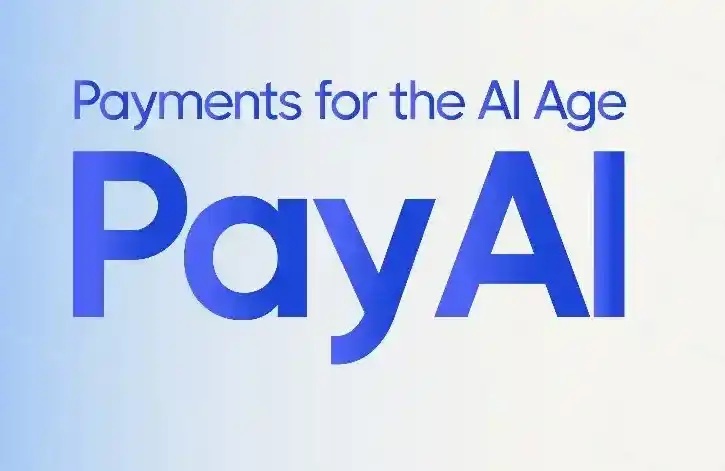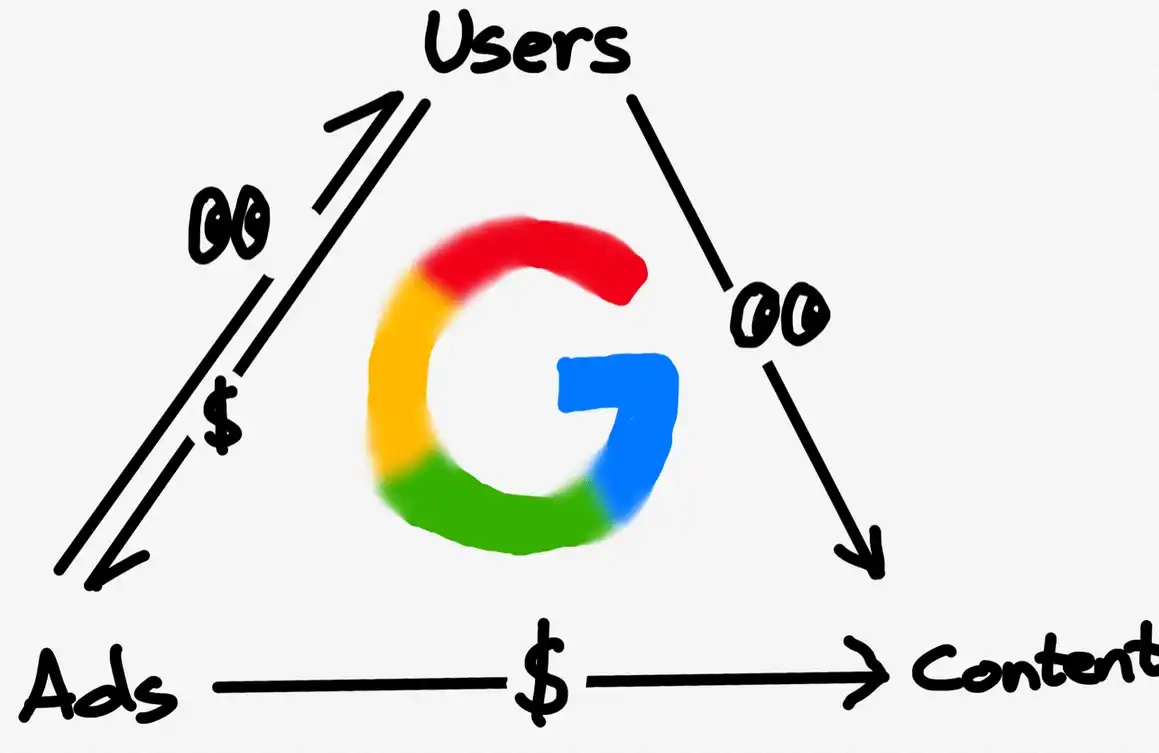Vitalik Buterin's New Year's Online Interview Review, Looking Forward to Ethereum in 2022
Original source: ECN
Original translation: ETH Chinese
On February 4, ECN connected with Ethereum co-founder Vitalik Buterin for an interview and AMA. Vitalik discussed the development of Ethereum in the past year and his expectations for the future. The following is a collection of Q&A from the recorded video and the interview:
1. What is the significance of Ethereum's progress in 2021, mergers, and sharding to the roadmap? (01:58)
Vitalik:The three most important hard forks we did in 2021 were Berlin and London. The most important part of the London hard fork is EIP-1559, which is the reform of the transaction fee mechanism. 1559 has two very important parts. The first part is that the transaction fee thing becomes more useful. If you send a transaction before the London upgrade, you may have to wait 30 seconds, 60 seconds, and sometimes even longer to package your transaction. But now it may take 5 seconds, 10 seconds, or 15 seconds.
So now, sending transactions has become very fast. Regarding this, there is an article written by students from Peking University and Duke University. I forwarded this article on January 17. The second part is that a lot of ETH has been consumed since 1559, and now more than 1.7 million may have been consumed, so the issuance of ETH has become very small. This is an important part of London. Altair is the first hard fork of our PoS chain Beacon chain. Berlin and London are both upgrades of the PoW chain. So now we have done a fork, and we know how to do it. It can be said that this is a test. So we have done a fork, and the next time we merge, we will do it faster, safer, and simpler.
The most important thing we have to do in 2022 is the merger. After the merger, the PoW chain will no longer exist, and we will only have the PoS chain. The accounts, contracts, and transactions we have now will all run on the PoS chain. So this is a very important progress. The most important thing for us after the merger is scalability. Ethereum can only handle a few transactions now, and the transaction fees are still very high, but if we can solve the scalability problem, the transaction fees can become very low. Those rollup projects have done a lot. Now there are Optimism, Arbitrum, StarkWare, zkSync, Loopring on the mainnet, and there are many good projects. But rollup + sharding can make transaction fees very low. So the merger and scalability are our most important tasks. After doing these two well, it can be said that 80% of the progress has been completed. It is still 50% now.
2. "The Urges" Roadmap Explanation (08:45)
Vitalik: I released a roadmap in December last year: The first one is The Merge. The second one is The Surge, which is sharding and some scalability. The third one is The Verge, which is about Verkle tree, which is a technology that makes it easier to verify the Ethereum chain and run a node. The fourth one is The Purge, which is to delete some historical things, some things that we used in the protocol but don’t need now. Make the Ethereum protocol simpler. The fifth one is The Splurge, including all other important upgrades, including account abstraction, PBS (PBS is a topic we are particularly concerned about now), EVM upgrades, etc. But if we do the merger and sharding well, we will solve the biggest and most important problem.
3. Specific progress of the merge (11:00)
Vitalik: Yesterday, Pter Szilgyi, a core developer of the Geth team, sent a tweet saying that after the next pull (PR, Pull Request), we will be ready for the merge. It can be said that after their client releases the next version, there is a lot of testing to be done, but there is not much left for development. So now we are probably at this stage.
We already have a network, we already have kintsugi. It has been running for six weeks. The only thing that has not been tested yet is optimistic sync. That is, when a new node enters the network for the first time, how can it synchronize and download the network information. This process still needs some development. Some of their client teams have done a lot of development, but more testing is needed. So now it is very likely that the merger work can be completed in June. Now there is a difficulty bomb. If we don't solve some problems before then, the time to produce blocks will become longer and longer. Of course, it can be delayed if it is really necessary, but in fact, we are still under some time pressure now.
4. Developments worth looking forward to in L2 in 2022 (13:50)
Vitalik: Recently, Optimism and Arbitrum have a lot of users. Refer to the cryptofees.info website. Their transaction fees are relatively stable. But they are not decentralized rollups yet, and they still have some private keys under their control. Because they are still worried that some technologies of fraud proofs have bugs, they will do some audits and verifications. So the next step is to completely decentralize this verification process and the process of sorting transactions, which will take a little more time.
5. What other conditions are needed to become user-centric to Layer2? (17:00)
Vitalik: There are many projects that have not moved to L2 because the availability of L2 is not good enough. The transaction fee of L2 is a little lower than that of L1, but it is not low enough. L2 projects still have some technical problems, and many ecological tools are not fully supported. Now the status of Layer2 is still slowly growing, and I think this problem can be solved in a year.
6. Security issues of cross-rollup (20:00)
Vitalik: The security issues of cross-rollup bridges are simpler than those of cross-chain bridges. Because the merkle root of cross-rollup bridges is on L1. So the technical problems are smaller, and there is no need to worry about the consensus algorithm of the two chains. So making a secure coss-rollup bridge is much simpler than making a secure cross-chain bridge. But there is still a lot of technical work to be done, and there are many teams doing this now, but it can be done better.
7. Off chain avaialability (22:00)
Vitalik: Many projects choose off chain data availability now because on chain data availability is still relatively expensive. But after sharding and some short-term solutions such as EIP-4488, on chain data availability will become cheaper. But because off chain data availability can make transaction fees very, very low, some projects will still choose zk-validium. But cross-validium has little security issues, and the security issues of two validiums are not much different from those of one validium.
8. Layer2 Token Model (24:30)
Vitalik: Some L2s may have their own coins, and some may not. Three or four years ago, the Ethereum community did not like some projects to make their own coins. It may be because in 2016 and 2017, many unreliable projects issued their own coins, and people did not like it. People's views on tokens have changed, and their attitudes have become better. They think it is a tool for self-governance. I have published some articles criticizing token voting before. Now there will be many projects doing some experiments, not just token voting, and there will be many innovations, but I don't know what they are specifically.
9. DAO practice and the interaction between blockchain and the real world (27:30)
Vitalik: I particularly like CityDao. It can also be combined with the real world in terms of identity, reputation, etc. Many people now think that blockchain is related to finance and gambling. The energy consumption problem of POW is one of the reasons why everyone criticizes blockchain, which can be solved by POS. The biggest obstacle to non-financial applications is the issue of transaction fees. It certainly cannot solve all the government's opinions on blockchain, because the principles of the current world and the blockchain world are still very different, but doing the current things well can build a good ecosystem.
10. The positive impact that cryptocurrency and blockchain can bring in various world crises (33:27)
Vitalik: Different places have different problems, such as Argentina's serious financial problems, currency inflation, and the way of doing business, and the ability to build centralized infrastructure is relatively low. Quadratic fundraising, new governance methods can be done well, and these methods can be used in other fields, even in the political field. Economic problems, Europe's economy is not growing so fast, and other parts of Latin America have such problems.
I now find that the difference between the blockchain ecosystem and the centralized technology ecosystem is that to do a successful thing in a centralized field requires you to be in a center, such as a big city in China, in San Francisco. But this is not the case in the blockchain field. Many Ethereum projects come from Argentina, which is still a relatively poor Eastern European country. Places that have not been successful in the web2 field can succeed in web3. The development method of web3 can help non-central places succeed in web3 and reduce the problem of world imbalance.
Original link
Welcome to join the official BlockBeats community:
Telegram Subscription Group: https://t.me/theblockbeats
Telegram Discussion Group: https://t.me/BlockBeats_App
Official Twitter Account: https://twitter.com/BlockBeatsAsia


 Forum
Forum Finance
Finance
 Specials
Specials
 On-chain Eco
On-chain Eco
 Entry
Entry
 Podcasts
Podcasts
 Activities
Activities
 OPRR
OPRR








